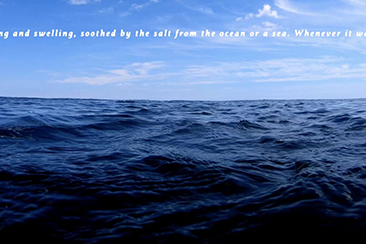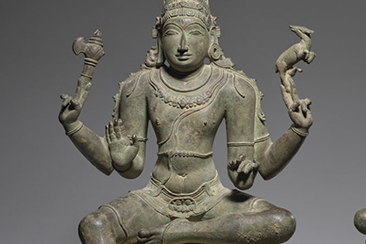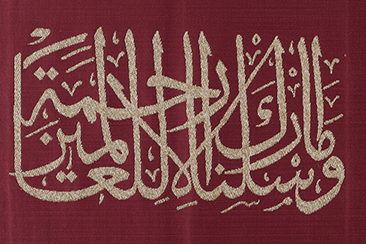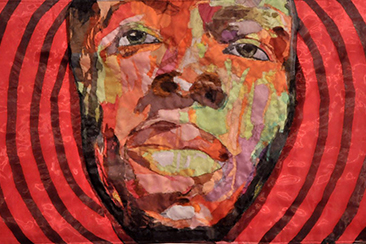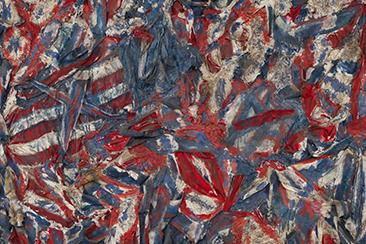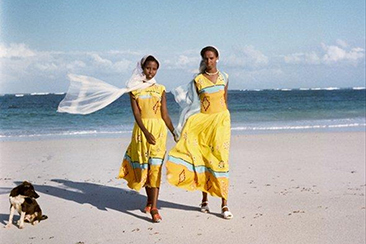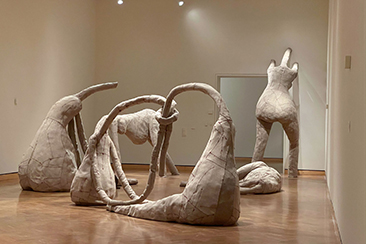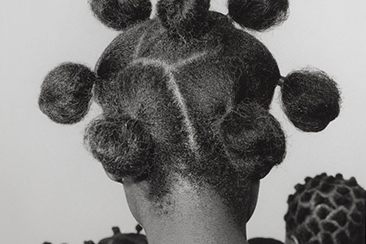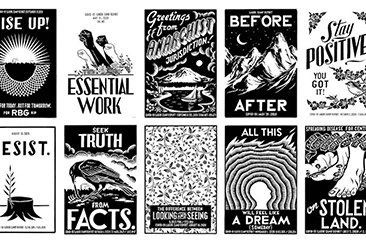Exhibition Highlights FY21
Sky Hopinka: Disfluencies
Filmmaker, artist, and writer Sky Hopinka investigates concepts of Indigenous homeland and landscape, language as a container of culture, memory, and the play between the known and the unknowable. The title of his new body of work, Disfluencies, refers to disruptions that occur in the flow of speech.
Under the Influence: Early Works by Frank Gaard
Often controversial, never boring, Frank Gaard is known for his cartoonish depictions of everyday life. The exhibition pulls never-before-seen sketches and prints, alongside works from Mia’s collection. Influenced by pop culture, drugs, religion, psychiatry, the history of art, and everything in-between, “Under the Influence” peels back the layers and traces Gaard’s role in American art history.
With New Light: Mia’s Reinstalled Himalayan, South and Southeast Asian Art Galleries
Fresh and engaging displays reintroduce audiences to the interconnected, immensely diverse artistic traditions of South Asia, Southeast Asia, and the Himalayas. Collection highlights, such as a recently conserved 1,000-year-old Indian sculpture of Shiva Nataraja, commingle with new acquisitions, important loans, and extraordinary objects—some at Mia since 1917—on view for the first time. Within each gallery, multiple narratives aim to disentangle complicated histories, evoke reflection, and celebrate the artists who created, and continue to create, a bountiful variety of expressive forms.
Khatt Islāmi: Sacred Scripts from Islamic Africa
Arabic calligraphy is considered the highest form of art in Islam. This writing transmits the words of God as recorded in the Qur’an, Islam’s holy book. Over the centuries, calligraphers have created beauty inspired by their faith. The 16 artworks on display stem from Africa and date from the mid-1800s to today. They all incorporate Khatt Islami, “Islamic line” or “Islamic design”—calligraphic writings made by Muslims. These objects include writing boards used in education, healing, and protection; textiles; iron blades; and a vase, created by a contemporary Sufi artist.
Freedom Rising: I am the Story / L'Merchie Frazier
L’Merchie Frazier is a fiber artist, quilter, historian, innovator, poet, and holographer. Said Frazier: “This exhibition continues my work and conversations, concerned with equity and justice, called The Quilted Chronicles and its Target Series. It examines the lives and legacies of African-descended people, including children and their communities across centuries of memory, places and activism.” Part of a larger initiative, “We Are The Story,” organized by the Textile Center and the Women of Color Quilters Network (WCQN), the exhibition was curated by WCQN founder, Carolyn Mazloomi, who conceived of the project after Minneapolis became an epicenter for nationwide protests following the murder of George Floyd.
In the Presence of Our Ancestors: Southern Perspectives in African American Art
Inspired by sculptor Joe Minter’s quotation referencing “art in the presence of 100,000 African Ancestors,” the exhibition bridges North and South in a debut of newly acquired gifts from the Souls Grown Deep Foundation. Featuring 22 works, including an assemblage by Thornton Dial, sculpture by Joe Minter, and quilts by celebrated Gee’s Bend artists Lottie Mooney and Lola Pettway, this exhibition explores themes of origin, communal ritual, foresight, and spiritual reflection. These themes intersect to honor Black artistry, transcending the silos of lower and higher art, and rightfully establishing these creators as artists of our time.
Todd Webb in Africa: Outside the Frame
This exhibition presents a recently recovered photographic series taken by American documentary photographer Todd Webb in 1958. Commissioned by the United Nations to document emerging industries and technologies in Ghana, Kenya, Northern Rhodesia (now Zambia), Southern Rhodesia (now Zimbabwe), Somalia, Sudan, Togo, and Tanganyika and Zanzibar (both now Tanzania), these early color photographs present an outsider’s view onto the social, political, and cultural dynamics on the continent at a critical period between colonialism and independence. Resisting stereotypical or exoticizing frameworks, Webb created images of countries on the cusp of change. At the same time, his photographs raise critical questions concerning photographic agency and power, racial and national privilege, and the ways in which Euro-Americans conceived modernization at a crucial period in Africa’s history.
Nicole Havekost: Chthonic
For her Minnesota Artists Exhibition Program (MAEP) show, Rochester-based Nicole Havekost explores the simultaneous joy, sublime embarrassment, and disorderly beauty of the human body through her anthropomorphic sculptures. MAEP is a curatorial program of Mia, dedicated to exhibiting and supporting artists living and working in Minnesota. It was founded in 1975 as a yearlong partnership between the museum and regional artists interested in creating an innovative exhibition and programming space—an agreement that has become a unique, ongoing relationship. An elected artist panel representing the Minnesota visual arts community selects fellow artists to exhibit their work at the museum.
Rituals of Resilience
“Rituals of Resilience” is an audio-visual experience, co-curated by the Twin Cities–based musician and community organizer Chaka Mkali (aka I Self Devine). The experience creates a dialogue between works by Black visual artists from the United States, Africa, and the greater African Diaspora and new music created for the exhibition by Mkali and his collaborators. Artworks by Kevin Beasley, Bisa Butler, Jordan Casteel, Deborah Roberts, Cinga Samson, Billie Zangewa, and others explore themes of identity, culture, spirituality, and power through the embodiment of Black lived experience. The accompanying album grew from in-depth research on the work of each artist, and approaches their individual visual practice as a means to access and articulate a collective Black consciousness that transcends time and space.
COVID-19: Labor Camp Report
On March 24, 2020, Minneapolis-based artist Piotr Szyhalski embarked on a daily drawing practice responding to the Covid-19 pandemic as it unfolded in real time. What began as a way for the artist to share observations of life in lockdown and the pain caused by the pandemic quickly became a daily exercise of chronicling his thoughts and feelings and reconciling them with the changes being wrought in the world. The exhibition consists of 225 drawings created over eight months, with new drawings posted daily on Instagram, serving as a witness to the unfolding crisis and a record of time, both labored and lost.

